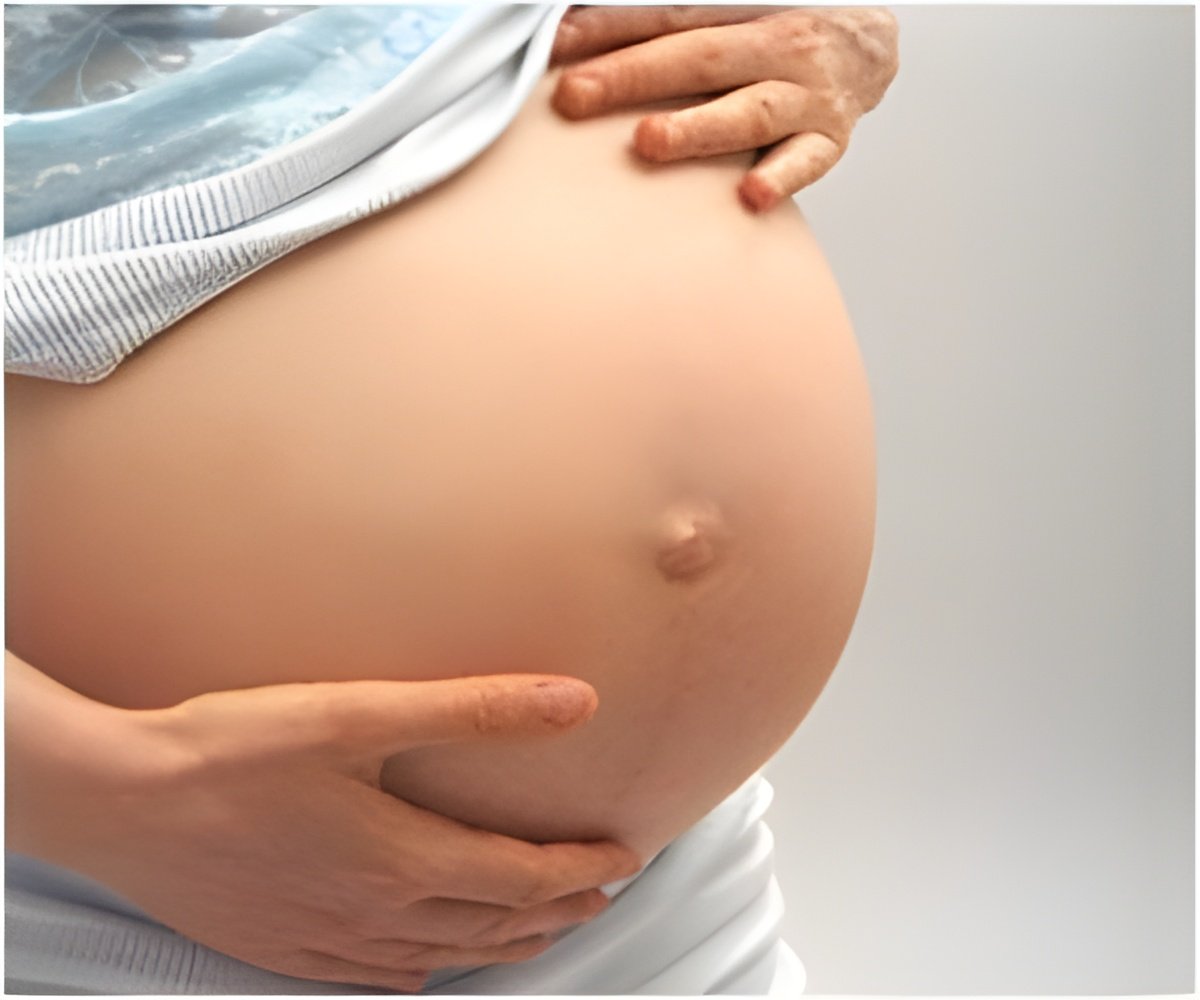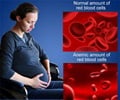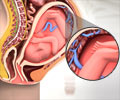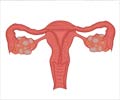
‘Artificial Intelligence-based novel tool could be useful for long-term care by providing clinically meaningful information to patients and practitioners.’
Tweet it Now
The research could allow all placentas to be examined, reduce the number of normal placentas sent for full pathological examination and create a less resource-intensive path to analysis for research -- all of which may positively benefit health outcomes for mothers and babies. "The placenta drives everything to do with the pregnancy for the mom and baby, but we're missing placental data on 95 percent of births globally," said Alison Gernand, assistant professor of nutritional sciences in Penn State's College of Health and Human Development.
The study was presented at the International Federation of Placenta Associations meeting held in Buenos Aires, Argentina, recently.
The patent-pending technology uses AI to analyze an image of each side of the placenta after delivery and then produces a report with critical information that could impact the clinical care of the mother and child, such as whether the fetus was getting enough oxygen in the womb or if there is a risk of infection or bleeding.
Currently, there are no evidence-based standards to determine when a placenta This digital tool could offer a solution, as an individual would need only a smartphone or tablet with the appropriate software.
Advertisement
For example, an umbilical cord with an abnormal insertion point or excessive twisting can be a predictor of neonatal stroke.
Advertisement
To create the system, the researchers analyzed 13,000 high-quality images of placentas and their corresponding pathology reports from Northwestern Memorial Hospital.
They labeled a training set of images with data points critical to understanding the placenta, such as areas of incompleteness and the umbilical cord insertion point.
Source-IANS














